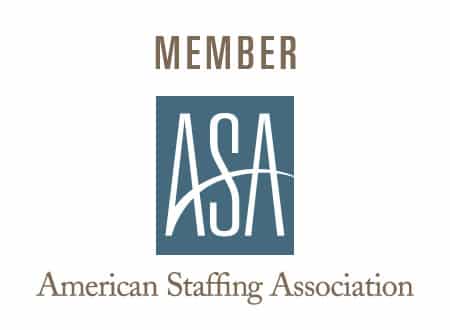Today’s organizations are flatter. Team based. Dynamic.
In business environments like these, one characteristic matters more than ever:
Influence.
You may be able to force employees to do what you say, based on your authority alone. But to be a truly effective leader, you must get people to follow you willingly. Developing influential leadership is as much an art as it is a science, and practicing it requires a specific skill set.
How can you build your influence at work, and use it to your entire team’s advantage?
Understand personality styles.
Obviously, no two employees are exactly alike. To become an influential leader, however, it’s useful to understand how people receive and process information – and that starts with determining their basic personality type. In general, the most common personality styles are:
- Drivers. Results-oriented people who respond best to direct, results-oriented communication.
- Expressives. Outgoing, creative “social butterflies” who are best influenced when they feel their input is valued and are included in the decision-making process.
- Amiables. Easygoing, dependable people who try not to make waves. These individuals are open to influence when you demonstrate how an action will impact both them and those they work with.
- Analyticals. Systematic, structured people who value processes in work. Heavily influenced by facts and data, these individuals are not easily swayed by emotional pleas.
Determining an individual’s personality style allows you to tailor your communications when trying to influence them to take action, agree with your viewpoint, or change their behaviors. This understanding also helps you strengthen business relationships over time, which ultimately makes exerting influence easier.
Emphasize the benefits of change.
People naturally resist change. How can you use your influence to reduce that resistance – and get them to do things differently, without pulling a power trip? The key is to tailor your message to the personality styles of those you want to influence – and then communicate the benefits (to themselves, their department, the organization, the community or even the world) of your proposed change.
Then listen to what they have to say, and answer their questions directly. You may be eager to express your beliefs and desires, but you won’t entice others to change unless you respect and value others’ perspectives and input.
Display the right traits.
Influence comes in a variety of forms, but you can amp up your influence by exhibiting these characteristics:
- Reliability. Be consistent and follow through with your promises. People may forget what you say, but they will remember your actions.
- Calmness. When unexpected situations arise, maintain your composure. Overreacting or blaming others undermines influence, but levelheadedness builds it.
- Assertiveness. Demonstrate effective verbal and nonverbal communication skills to show that you’re confident, but not aggressive.
As with any new skill, developing your influence takes practice and patience. Keep track of situations in which you seek to influence rather than impose authority, listing the things you did well and the things you could improve. Look for patterns to identify areas in which you need more growth, as well as actions you should repeat. With time and persistence, you’ll amp up your influence – and become a more effective leader.
Choose a staffing partner that makes you a more effective leader.
Wood’s HR and workforce experts listen, ask the right questions, and create solutions that make you, your team and your entire organization more effective. What can our Gallatin staffing agency do for you? Contact a staffing expert at your local Wood Personnel office today.



